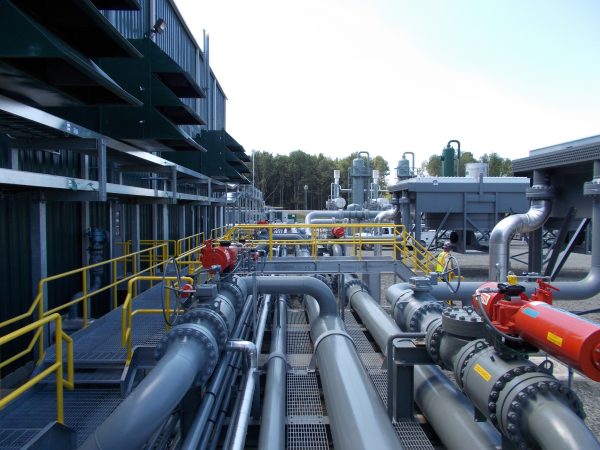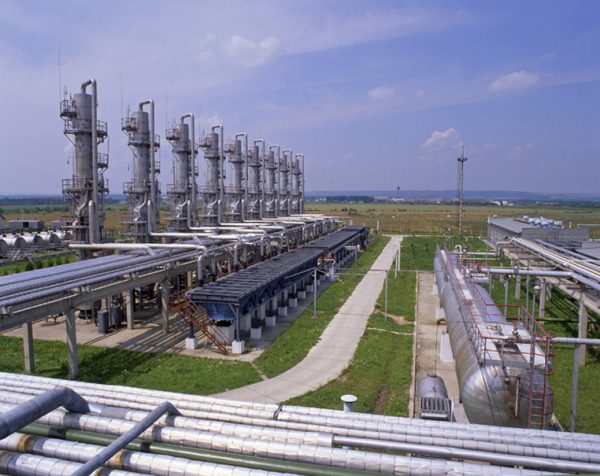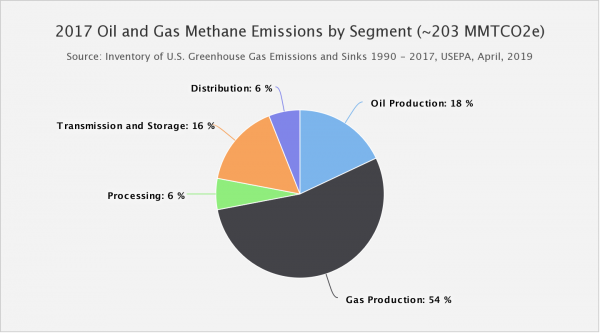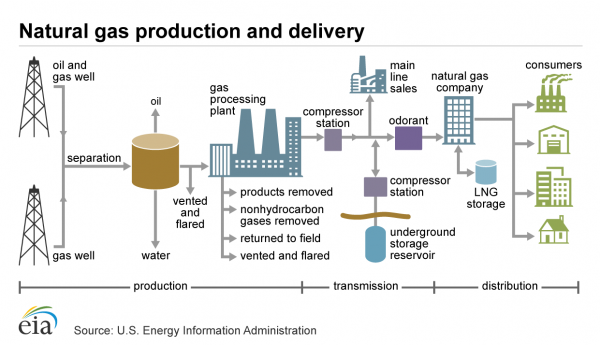The U.S. Environmental Protection Agency (U.S. EPA) has proposed a rulemaking that some say has split the oil and gas industry on the subject of regulating methane. According to Forbes, the American Petroleum Institute (API) “praised the decision by the EPA and reiterated that the industry will continue to reduce emissions through smart, innovative solutions rather than unnecessary regulatory burdens,”, whereas some individual energy companies such as ExxonMobil, BP, and Shell (according to The Washington Post) have “opposed the rollback and urged the Trump administration to keep the standards in place.” In fact, on Gretchen Watkins’ (President of Shell Oil Company) LinkedIn page, she states that “Strong, targeted regulations…can improve environmental performance across the industry while spurring innovation. It is an essential step on a path to a more sustainable future.”

Should the U.S. EPA rescind methane requirements for the oil and gas industry? Did the U.S. EPA correctly interpret the Clean Air Act (CAA) in its previous rulemakings to allow them to regulate methane for all or part of the oil and gas industry? Regardless of your position on these matters, the U.S. EPA will be accepting comments on its proposed rulemaking 60 days after the date of its publication in the Federal Register. In this post, we provide a brief background of the regulations (how did we get to where we are today?), a summary of the primary and alternative proposed actions, and a list of the main items on which the U.S. EPA is seeking comment.

Background
The CAA (1970), Section 111 initially directed the U.S. EPA to identify categories of stationary sources that contribute “significantly to air pollution which may reasonably be anticipated to endanger public health and welfare” and revise them periodically. The U.S. EPA added “Crude Oil and Natural Gas Production” to the source category list in 1979, including only the production and processing segments of the industry. In response, the first Oil & Natural Gas New Source Performance Standards (NSPS) rules were promulgated in 1985 (Subparts KKK and LLL here).
In 2012, the U.S. EPA published new regulations (2012 NSPS), which updated and expanded upon 1985 NSPS rules, adding emission sources not previously included, such as natural gas well completions, centrifugal and reciprocating compressors, natural gas operated pneumatic controllers, and storage vessels. The addition of these sources expanded the source category to include the transmission and storage segment of the oil and natural gas industry, even though a significant contribution finding (SCF) specific to that segment was not performed.
In 2016, the U.S. EPA again revised and expanded the NSPS regulations (2016 NSPS). The 2016 NSPS included requirements for hydraulically fractured oil wells and other activities in oil and gas production and processing as well as the transmission and storage segments of the industry, assuming all of these segments were a part of the source category as they did in the 2012 NSPS. The 2016 NSPS also added requirements for reducing methane emissions. The U.S. EPA determined that it had a rational basis for regulating methane based on the 2009 Endangerment Finding for greenhouse gases (GHG), which included carbon monoxide and methane as major components of GHG. For reference, below is a breakdown of methane emissions by segment within the oil and gas industry.

Proposed Actions
In the August 28, 2019 proposed rulemaking, the U.S. EPA is putting forward both a primary and an alternative action. In the primary action, the U.S. EPA is proposing to eliminate the transmission and storage segment from the source category and rescind the methane requirements for all (production and processing and transmission and storage) oil and natural gas segments in the source category. In the alternative action, the U.S. EPA is just proposing to rescind the methane requirements for all oil and natural gas segments in the source category. Below is how the U.S. Energy Information Administration illustrates the various segments within the oil and natural gas source category.

Seeking Comment
The U.S. EPA will hold a public hearing regarding these proposed amendments in Texas (details are forthcoming). In the meantime, the U.S. EPA is seeking comments on the primary and alternative actions, as well as its interpretation of the CAA to regulate methane.
- Should the U.S. EPA remove sources related to the transmission and storage segment from the oil and natural gas source category?
- Does the U.S. EPA need to make a separate finding that the transmissions and storage segment contributes significantly to air pollution that is anticipated to endanger public health or welfare?
- Has the U.S. EPA correctly interpreted its legal authority to regulate pollutants (methane) under Section 111 (b) of the CAA?
- Does the U.S. EPA need to make a separate, pollutant-specific determination that GHG emissions (primarily methane) from the oil and natural gas industry cause, or significantly contribute to, air pollution that may endanger public health or welfare?
- If the law does require such a finding, did the 2016 NSPS address that requirement properly?
See page 2 of the rulemaking for instructions to submit your comments. The deadline for comments will be 30 days after the proposed rulemaking is published in the Federal Register.
If you have questions on this proposed rulemaking, or you would like assistance submitting comments, please contact Jennifer Flannery (jflannery@ceceinc.com or 888-267-7891 ext. 3423) or Jim Cooper (jcooper@cecinc.com or 412-275-2950).
Post a Comment